Marketing has changed. Marketing will continue to change. Understanding how the industry has evolved over time is important, as it helps solidify an important truth - customers change too!
Let's fire up the time machine and take a brief look at how marketing tactics and mediums have changed throughout human history. We'll also profile companies who made their mark using innovative approaches for their time.
We hope this inspires you to look to the past for understanding and inspiration - and look forward to embracing the marketing strategies that work now, like SEO, the buyer's journey, and !
Table of Content
Antiquity: Selling With Stones and Clay
It may seem silly at first glance to think ancient cultures developed marketing strategies while still working on writing and the wheel, but there is plenty of supporting evidence of this!
Let's travel back to the cradle of civilization - modern day Mesopotamia. Civilizations like the Akkadians, Assyrians, and Sumerians had begun an urban revolution - creating pockets of dense population that built into the first human cities.
An increase in population meant a growth in demand for goods - and early creators and traders needed ways to stand out and market their products.
Archaeological evidence has uncovered a common practice that popped up during this time - product branding. Producers began by attaching simple stone seals to products. The seals would contain markings that identified who made the product.
Remember, we're in an age where the general population is illiterate - images are the vehicle for advertising. These are history's first logos!
As time went on these seals shifted to clay, then to paintings, which were much easier to create designs on. For the first time, we see products developed a distinct personality - a means for the consumer to find the brand they preferred.
The Middle Ages: Ye Olde Traveling Salesman
As Europe shifted to life after the fall of the Roman Empire, new areas known as "market towns" popped up. These locations were usually located as a central point around several towns and villages. Traders, craftsmen, and artisans would meet in these areas to sell their goods as the local populations traveled to one spot to do shopping. Think of them as history's early shopping malls.
In fact, the very term "marketing" is debatably from these "market town" areas of commerce!
Due to the large amount of competition, people needed to find ways to catch the buyer's attention and make their product stand out. Logos and product packaging experimentation grew during this time - but one practice that we see pop up large-scale is the door-to-door sales strategy.
Peddlers, in an attempt to get away from crowded shopping areas and connect with the customer 1:1, would push their carts through towns and villages, stopping at each residence and advertising their products. The practice of interruptive marketing had arrived!
The Renaissance: Pass the Newspaper, Mademoiselle.
In 1453, a gentleman named Johannas Gutenberg invented the printing press with moveable type, changing both civilization and marketing forever.
Overnight, newspapers popped up. Businesses began placing ads to get in front of audiences.
Posters went up on every wall and lamp post in cities. In fact, the city of London became so overwhelmed with printed ads they were banned!
In addition to increases in advertising, printed materials also ushered in the first wave of market research. As international trade grew, companies needed information to help identify customers, research the competition, and make investment decisions.
Entire books of "commercial research" popped up overnight and became extremely popular with merchants and business houses of the day. These were forerunners of the research businesses and marketers rely on today to reach the customer and stand out from the competition.
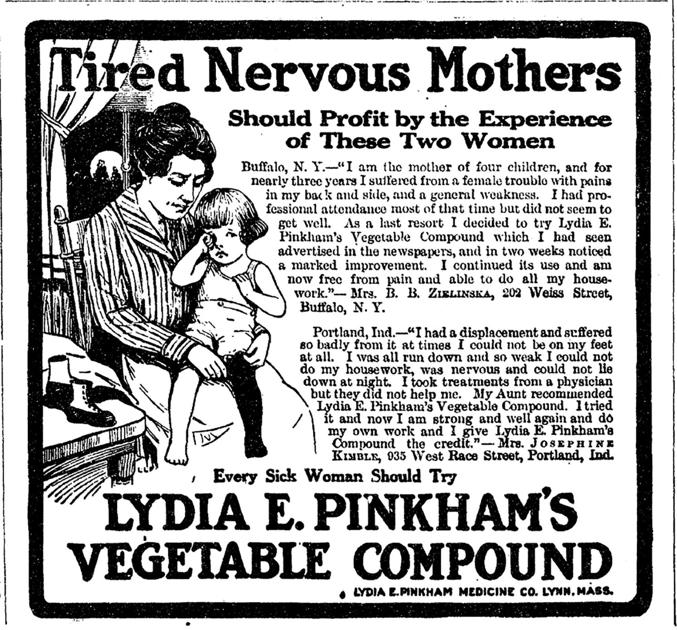
Enlightenment & Industrial Revolution: New Methods of Customer Attraction
As the 1700's rolled in and countries machines gave birth to mass production, businesses began experimenting with new approaches to getting in front of audiences.
Some tactics that we begin seeing on a large scale include:
Product Demos:
Shopkeepers would hold private showings of new goods in the back of their shops or private residences to loyal and wealthy customers. Samuel Pepys was one such individual who invited customers to his home one evening to view his new invention, the wooden jack.
Targeted Magazines:
Boston Publisher Andrew Bradford launched the first magazine, entitled American Magazine. It targeted political activists and featured local business advertisements.
Celebrity Advertising:
Josiah Wedgwood and Sons, a company that sold pottery and fine dinnerware, used royal endorsements as a marketing device to show their product's value with the "upper crust" of society.
Product Differentiation
Companies also began publishing documents showed how their product was different from other options. Lydia E. Pinkham’s Vegetable Compound is a perfect example of this strategy.
The patent medicine was one of the first to focus on specific ailments it could "cure" and advertised as being able to cure "all ovarian troubles, Inflammation and Ulceration, Falling and Displacements, and the consequent Spinal Weakness, and is particularly adapted to the Change of Life."
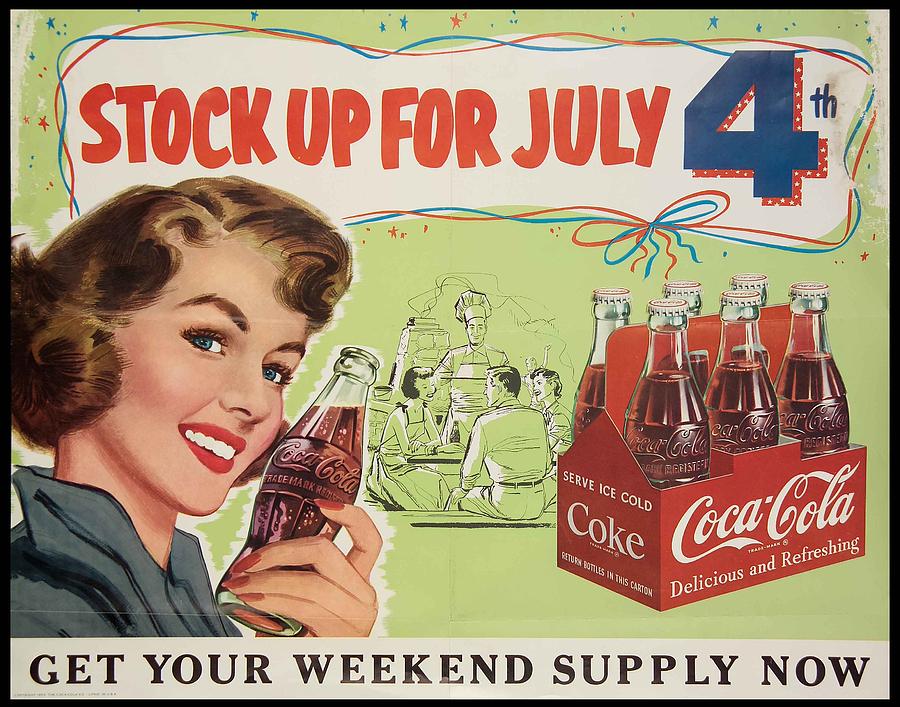
The Early Modern Age: Orders Right to Your Doorstep
100 years ago, a few large companies began taking control of the entire purchasing landscape. Giants such as Sears & Roebuck and JC Penney interacted with their customers by mailing catalogs filled with solutions to every problem of the day.
Travel back 50 years ago and technology was leveling the playing field between the Goliaths and the Davids of the business world. Avenues into people’s lives were opening by the minute.
Landline telephones, radios, televisions, and news publications all created new opportunities for any company with funding to get their products in front of the masses.
They hired armies of marketers to reach new customers. All of a sudden sports heroes were on Wheaties boxes and musicians were holding Coca Colas to entice you during TV show intermissions. Companies had the power to shape your opinion of their product. The customer had little power to shape their own.
Then, the internet was born. All of a sudden every company, from a basement game developer to a penthouse art collector, could get their product seen across the globe. An endless sea of companies rose up, all competing for the customer’s attention. A catalog mailed was simply one of many in a mailbox. A highway billboard competed with 25 others on a simple work commute. A video ad was just one of hundreds. A search engine result was just one of millions. Yes, the internet gave any company a voice yell into the void, but it also gave the customer one too.
Over time, the method for reaching customers has changed, but remember, so has the customer.
A catalog, billboard, video ad, or search result isn’t enough to attract today’s consumer. Now, they have all the power. They can search for answers to their own problems.
They don’t need to be pressured into a possible solution passively. They can go out and find their answer on their own! They are now the titans of commerce. And as a business, you’d better start listening to what they want!
Learn more about attracting today's customers by checking out our guide on Inbound Marketing.

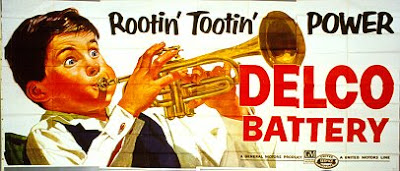
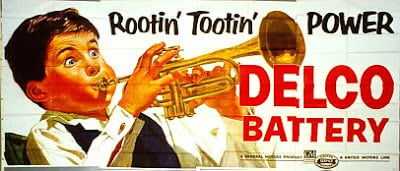


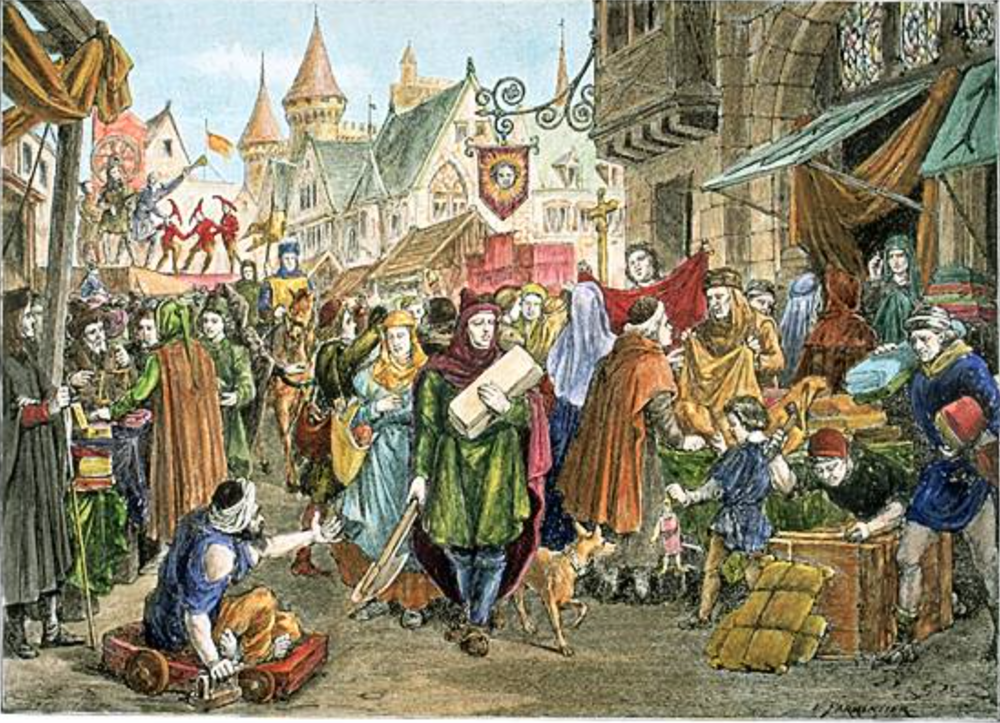
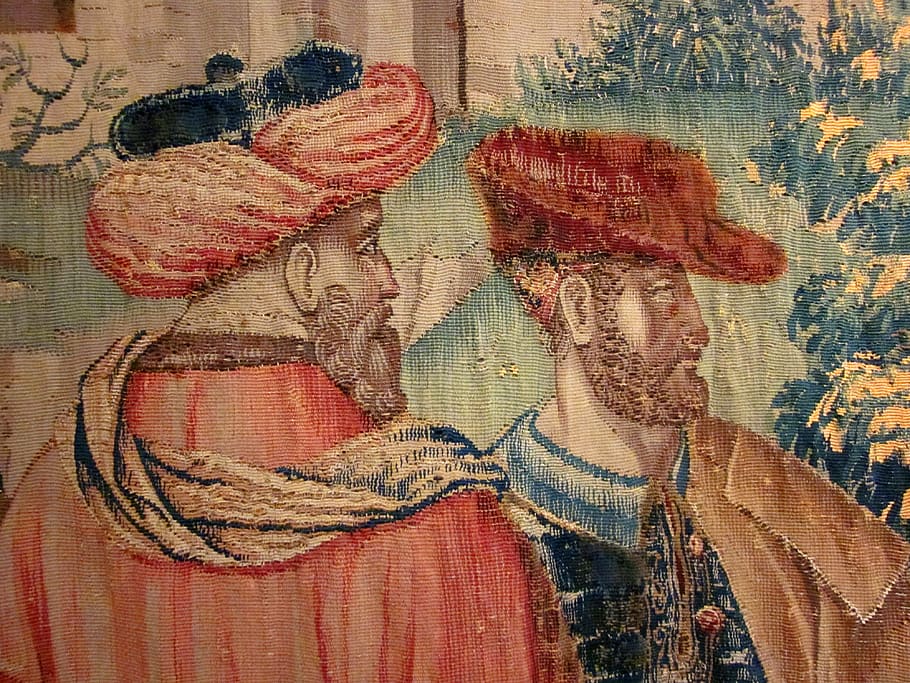


![Reignite Your Millennial Marketing Efforts With These [On Fleek] Ideas](https://blog.gorizen.com/hs-fs/hubfs/Podcast/009%20-%20Millennial%20Marketing%20Blog.gif?length=600&name=009%20-%20Millennial%20Marketing%20Blog.gif)


No Comments Yet
Let us know what you think